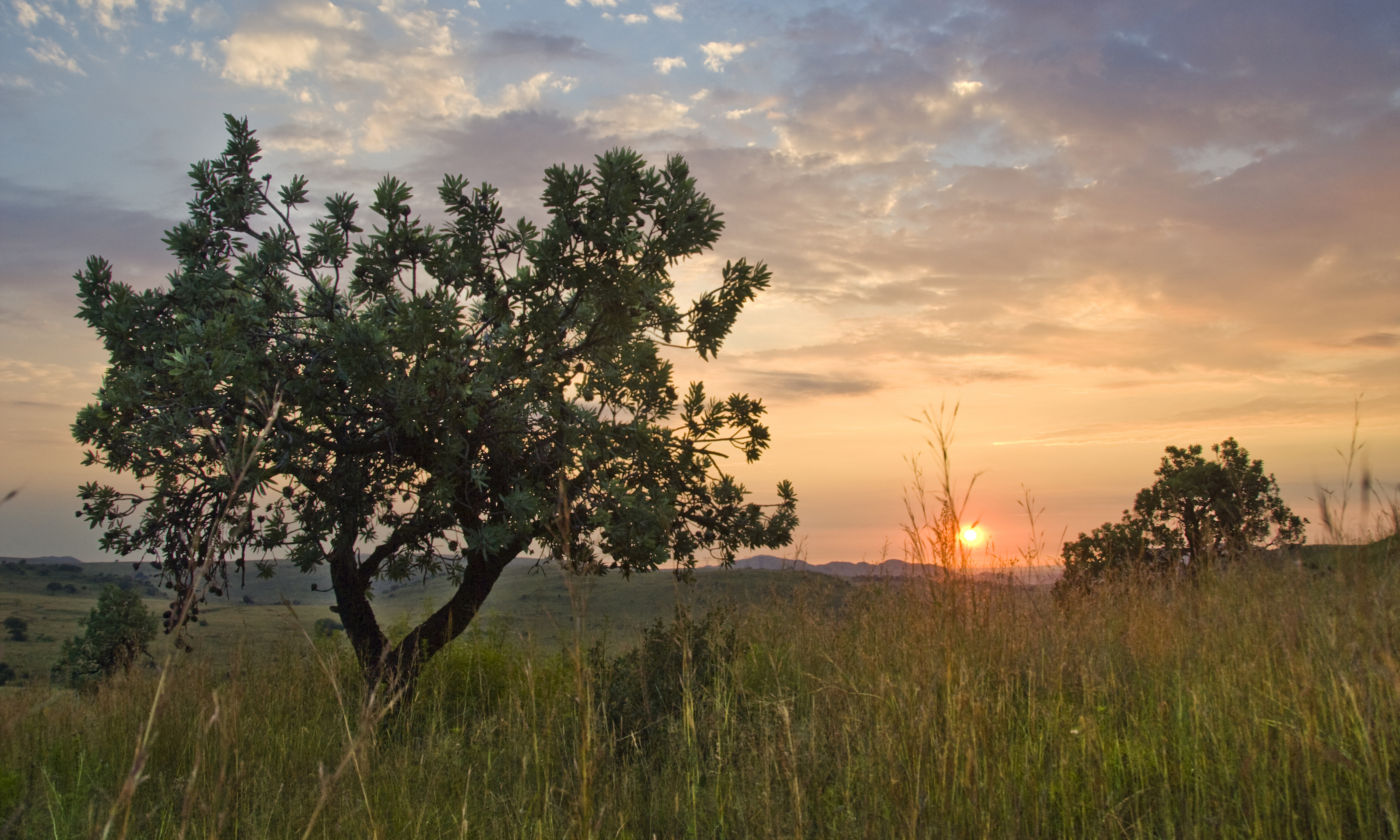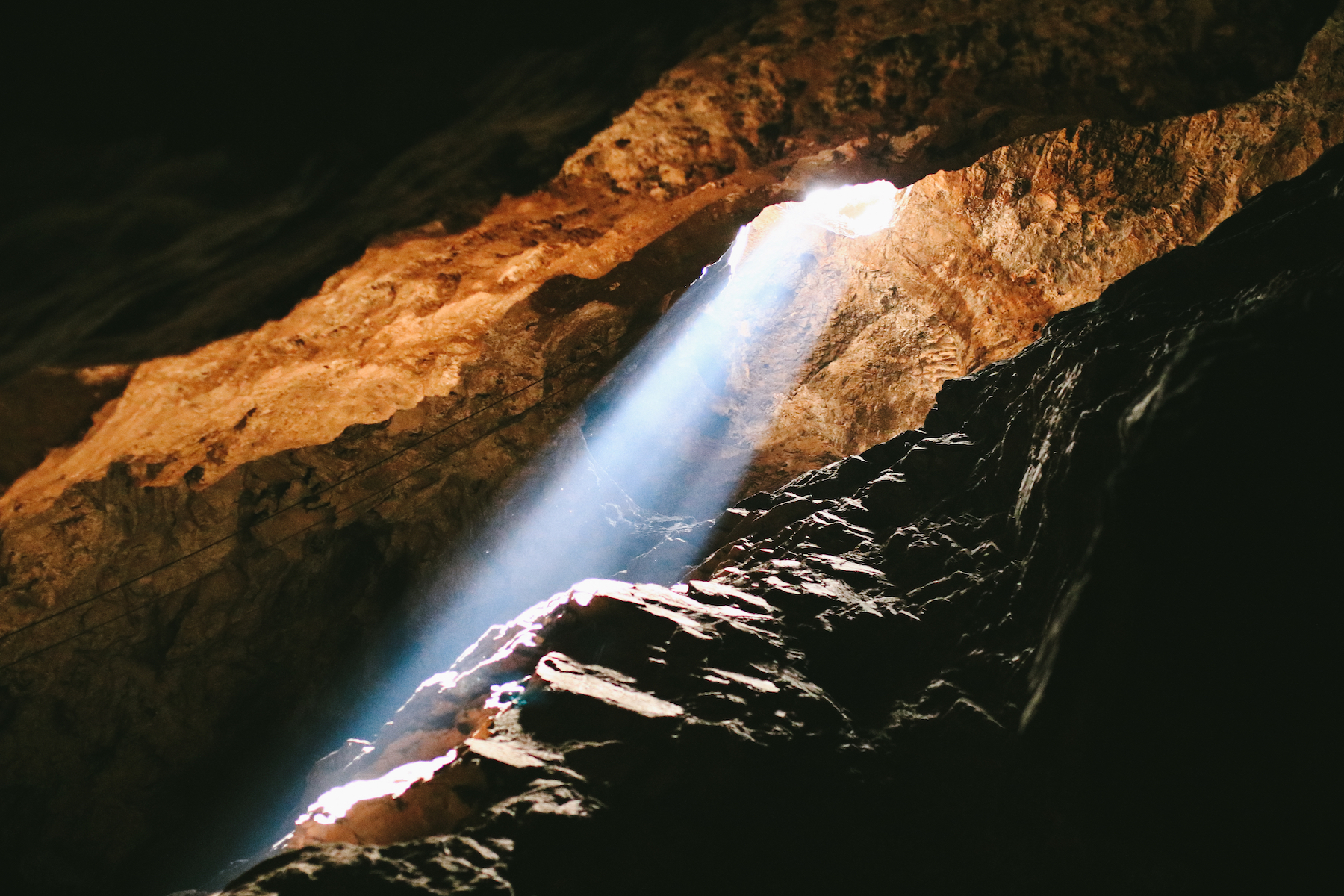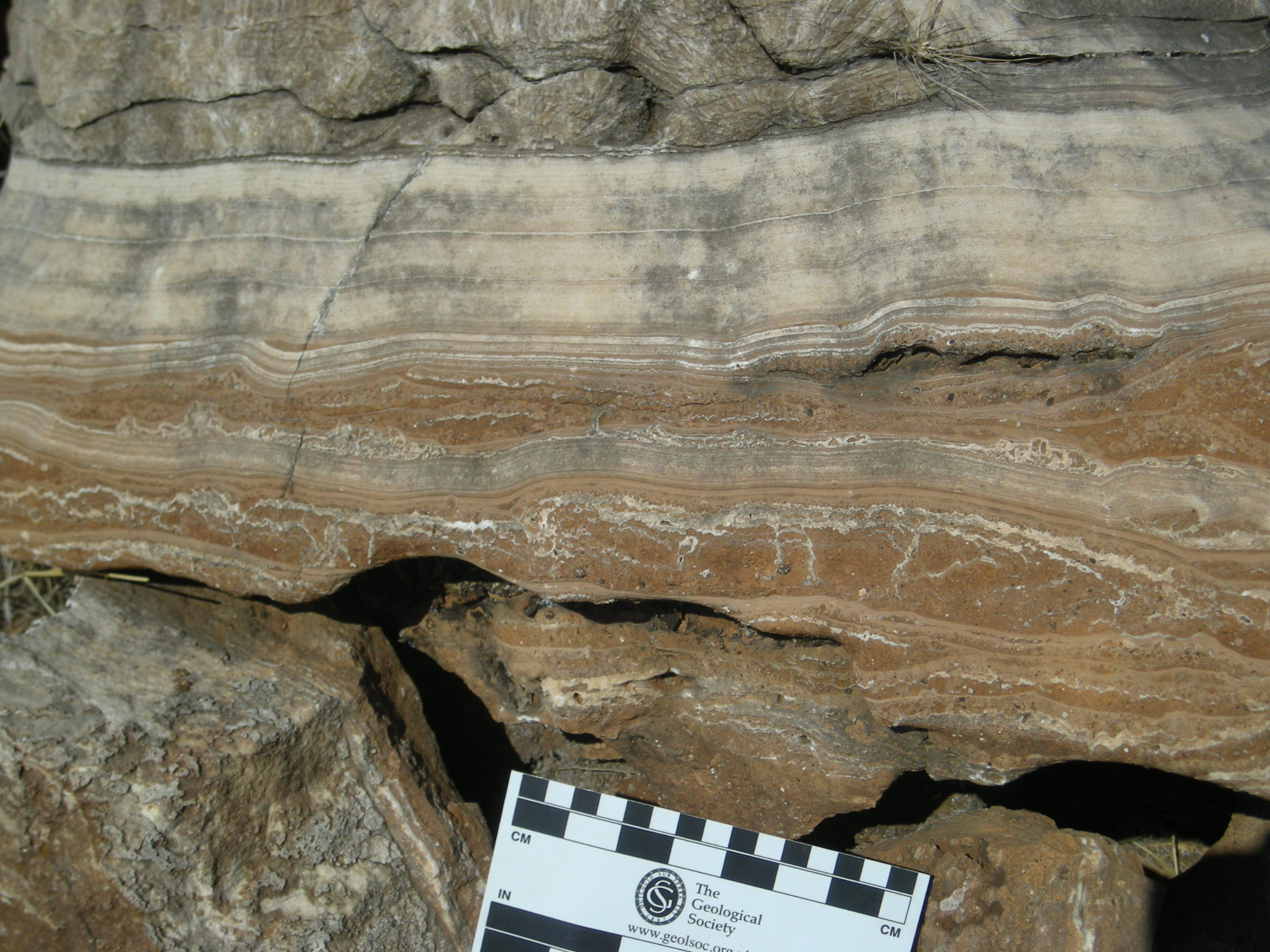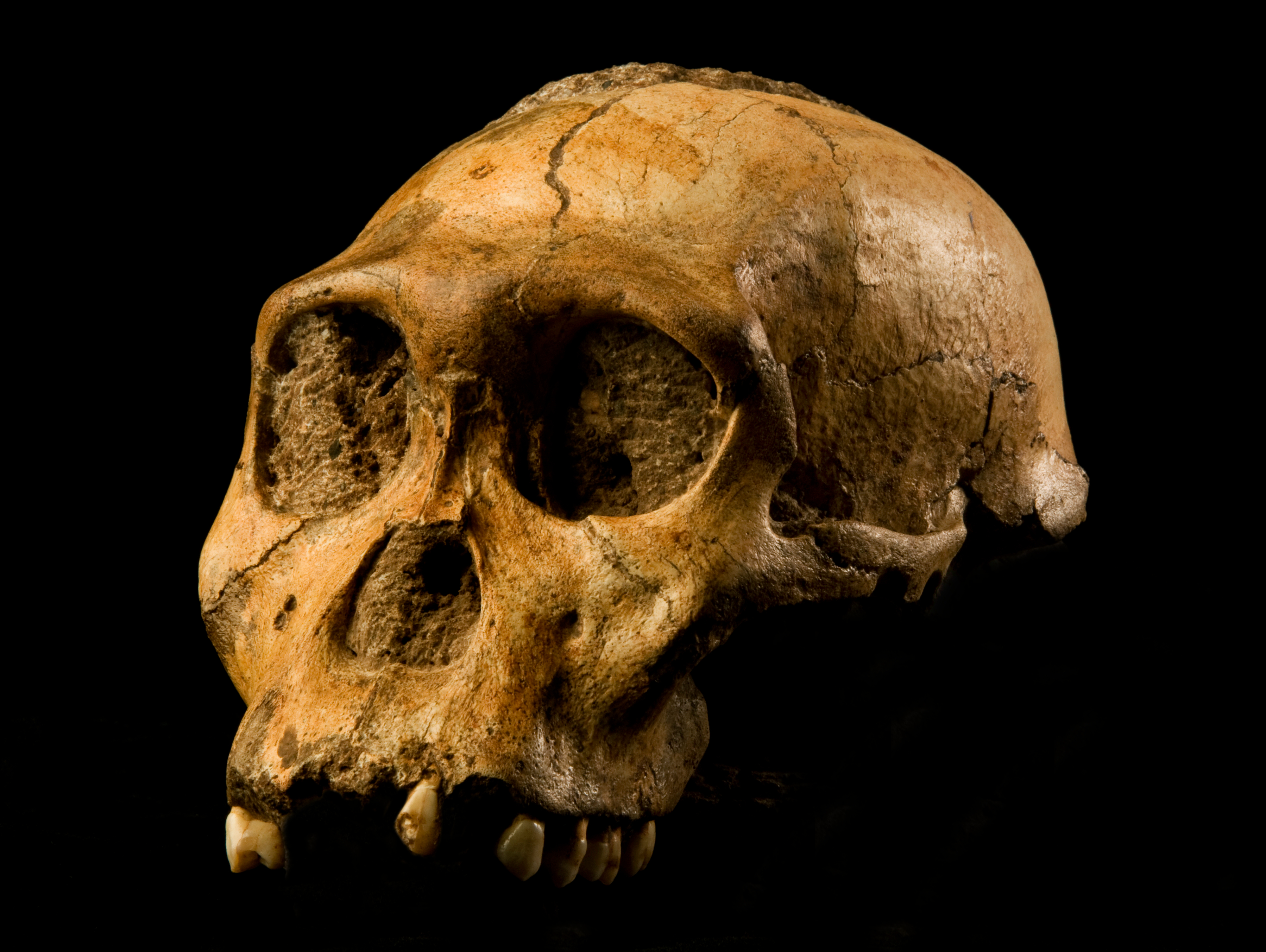
Sciences & Technology
What the past can tell us about the future of climate change

Dating the rock layers in between, rather than the actual fossils in Africa’s ‘Cradle of Humankind’ is shedding new light on the time record and how early humans adapted to a changing climate.
Published 22 November 2018
Our ancient ancestors and cousins in the hominin tribe of apes didn’t have houses or air-conditioners or any of the other mod-cons that protect us from the harsh environment, so how did they cope with climate change?
We can’t yet answer this question definitively, but we now know that the region where many of the best-known examples of hominin evolution lived went through at least six significant climate change events between three and one million years ago. This was a period of rapid evolution when many species of hominins evolved, co-existed and in many cases, went extinct.

The Cradle of Humankind is a collection of caves about 50 km north-west of Johannesburg in South Africa that is home to around 40 per cent of early hominin fossils. Today it is warm and dry, with open grassland and sparse woodlands, but it hasn’t always been this way.
The Cradle fossil record extends back several million years, but accurate dating has long been an issue in this area. But by using an innovative technique to date the age of rock layers between the fossils, scientists are shedding new light on the fossil record and how our ancestors adapted to a changing climate.

Sciences & Technology
What the past can tell us about the future of climate change
Instead of looking at the fossils themselves, a team of scientists from South Africa, Australia and the US, led by isotope geochemist Dr Robyn Pickering from the University of Cape Town has looked between the layers of fossils for a way to accurately date this astonishingly rich record of our evolutionary past.
The Cradle of Humankind cave deposits contain alternating layers of fossil-bearing sediments and flowstones – calcium carbonate deposits that are left by slow dripping and gentle flow of water in closed caves systems.
“The flowstones are the key,” says Dr Pickering, who did the bulk of the work as a post-doc in the School of Earth Sciences at the University of Melbourne.

“We know they can only grow in caves during wet times, when there is more rain outside the cave. By dating the flowstones, we are picking out these times of increased rainfall. We think that during the times in between, the caves were open, the climate was drier and more like what we currently experience.”
Using a form of uranium-lead dating perfected over the past two decades at the University of Melbourne’s School of Earth Sciences, the team aged 28 flowstone layers either side of fossil beds to give ‘bracketing ages’ – minimum and maximum ages – for each deposit.

Sciences & Technology
The sleepy lizard awakens new tools for climate change research
The process relies on our understanding of the how radioactive uranium decays to eventually form lead, says Professor Jon Woodhead, who leads the Melbourne Isotope Geoscience lab at the University of Melbourne and is a co-author on the study published in Nature.
“By measuring the proportion of the parent and daughter isotopes and knowing the decay rate of uranium we can calculate the age,” he says.
“The particular application of this dating that we use is looking at calcium carbonate in flowstones and other speleothems, like stalactites and stalagmites, and that’s a little bit unusual. Most labs that use uranium-lead dating focus on the mineral zircon, which is present in lots of different rock types and can be dated very precisely.

“In the East African hominin sites, there’s lots of volcanic rocks that can be dated relatively easily with a variety of techniques. But the South African sites lack these types of rocks so they have been very difficult to age up until the last decade really.”
Eight Cradle caves were dated. Because the caves are in a relatively small area of about 10 km by 15 km, the researchers knew that climate conditions would have been the same across the whole area, so they were able to combine the results of all caves to build a model that identified six distinct flowstone-producing periods, between 3.2 and 1.3 million years ago, each lasting between 50,000 and 330,000 years.

Sciences & Technology
The hi-tech archaeological scientists
“Unlike previous dating work, which often focused on one cave, sometimes even just one chamber of the cave, we are providing direct ages for eight caves and a model to explain the age of all the fossils from the entire region,” says Dr Pickering.
While vastly improving the timeline of fossil deposits in the Cradle, this research also identifies major gaps in this record. For the wet periods where the flowstone was being laid down, the caves were closed and there are as a result no fossils preserved.
What were our early ancestors doing during the wet periods?
Some hominin groups are found across several layers, so they were either generalists able to adapt to the changing conditions without showing obvious signs of evolution, like modern humans, or they moved away and then returned when conditions suited.

Sciences & Technology
The not-so-plain Nullarbor
“There may have been hominins all over the landscape at all times,” says Professor Woodhead.
“But the actual preservation windows are quite limited to when the caves are open and the fossils can get washed in. We don’t know what they were doing at other times.”
Finally getting an accurate dating model for the Cradle of Humankind now means these fossil deposits can be better related to the other great hominin deposits in East Africa, particularly Tanzania, Kenya and Ethiopia.
“Now we can link together the findings from separate caves and create a better picture of evolutionary history in southern Africa,” says Dr Pickering.
The uranium-lead dating team also included Dr John Hellstrom, Dr Helen Green and Dr Bence Paul, all from the School of Earth Sciences at the University of Melbourne
Banner Image: Cradle of Humankind, South Africa. Picture: Andy Nixon/Getty Images